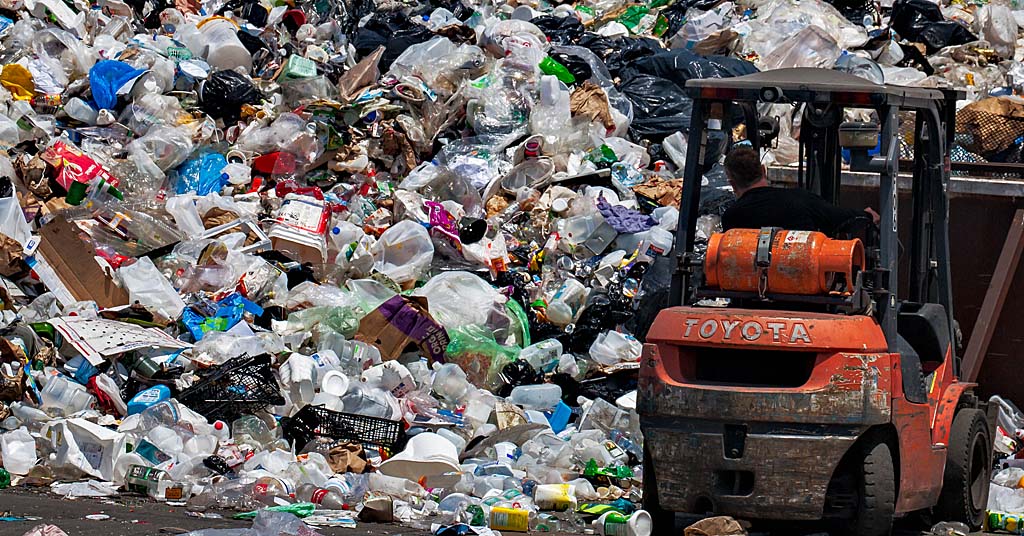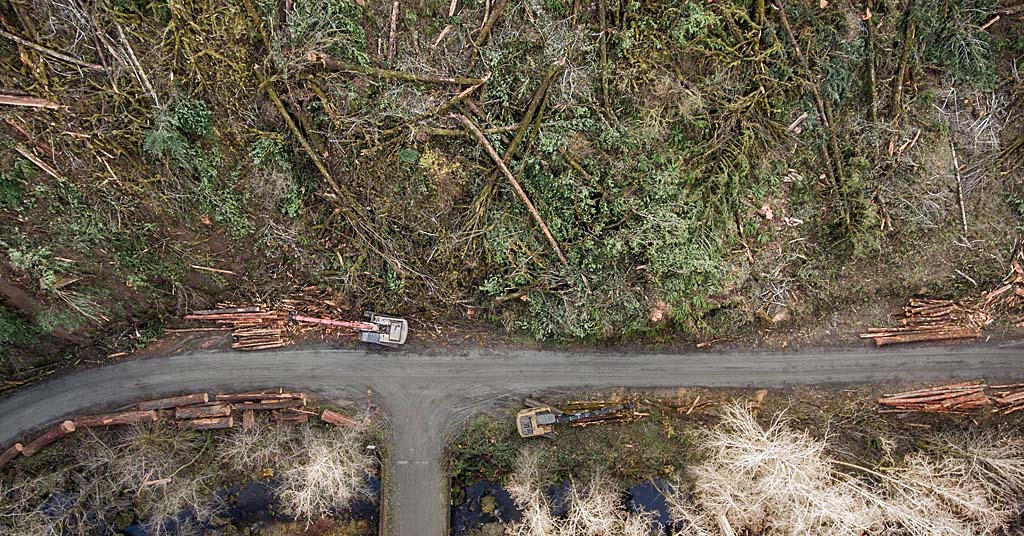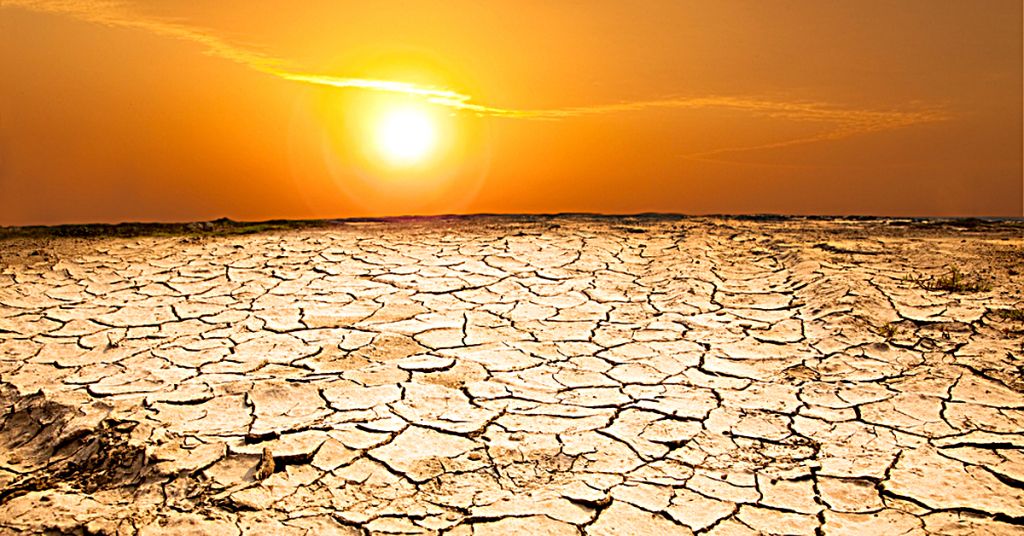Nov. 29, 2018. The 2018 National Climate Assessment is now available online. The fourth such Assessment conducted since 1990, it is the most thorough study of our climate to date. The detailed report looks closely at the impacts of climate change on the United States, summarizing its current effects and projecting how those effects might play out in the future.
Released to the public this year on Black Friday, hundreds of experts from 13 federal agencies contributed to the report. And their findings were unanimous: “Global average temperature has increased by about 1.8 degrees F from 1901 to 2016, and observational evidence does not support any credible natural explanations for this amount of warming; instead, the evidence consistently points to human activities, especially emissions of greenhouse or heat-trapping gases, as the dominant cause.”
Unfortunately, even though this conclusion is universally accepted by scientific communities around the world (including our own National Academy of Sciences), the subject has become a partisan debate in this country. So while our current President might not agree with its findings, The National Climate Assessment is here to remind us that floods and tsunamis are neither red nor blue, and a wildfire will thoroughly and indiscriminately torch both sides of the aisle.
The most alarming conclusions presented by the federal report are related to the potential future effects of a changing climate. These projections are based on complex scientific models and ongoing peer-reviewed research, and they vary depending on which region of the country you’re looking at. In chapters 18-27, the Assessment predicts ways that climate change will wreak havoc on specific regions of the country if we fail to adapt our infrastructure and substantially reduce our emissions.
In the chapter focusing on the Southeast, for example. scientists describe how rising sea levels coupled with more frequent extreme rainfall events will increase flooding in coastal cities. While the chapter on the Midwest examines, among other things, how higher summer temperatures will reduce agricultural yields.
The Pacific Northwest has its own chapter, in which scientist note that “warming and related changes in climate are already affecting aspects of the Northwest’s identity such as its natural resource economy and its cultural heritage that is deeply embedded within the natural environment.”
Organizing them into five key areas (called “key messages”), authors of the report give some examples of “future climate change relative to regional risk” that give us an idea of what we might expect in the future:
- Natural Resource Economy: “Projections for increased stream temperatures indicate a 22% reduction in salmon habitat in Washington by late century under a high emissions future (the A1F1 scenario). This habitat loss corresponds to more than $3 billion in economic losses due to reductions in salmon populations and decreases in cold-water angling opportunities.”
- Natural World and Cultural Heritage: “Increasing wildfire frequency and intensity are changing foraging patterns for elk and deer, and increased prevalence of invasive species and disease will likely diminish both wildlife and foraging for traditional plants, berries, roots and seeds.”
- Infrastructure: “By the end of the century, the upper sea level rise projection of 4.3 feet would impact significant infrastructure investments throughout the Northwest, particularly in the low-lying urban areas of the Puget Sound and Portland.”
- Health: “Mid-century climate in Portland, Oregon, under a mid-high scenario (RCP6.0) may result in more than 80 additional heat-related deaths per year, although this figure does not account for future population growth or possible adaptations.”
- Frontline Communities: “Northwest tribes directly depend on natural resources, both on and off the reservations, and are among the first to experience climate impacts…The loss or reduced availability of First Foods can have broad physical, cultural and spiritual impacts, including diabetes, heart disease, mental health impacts and loss of cultural identity.”
Read the full chapter to learn more about climate change’s effects on the Northwest.











Thank you so much for presenting this important report in such an easy-to-use format!